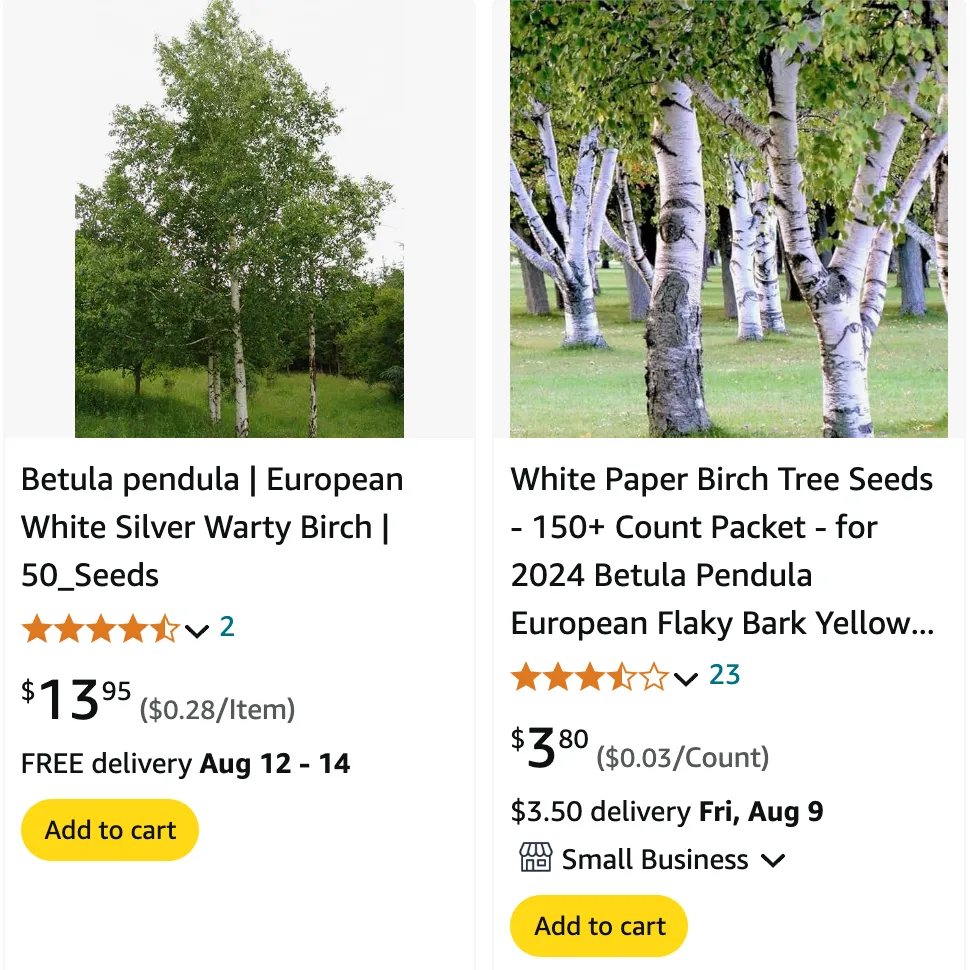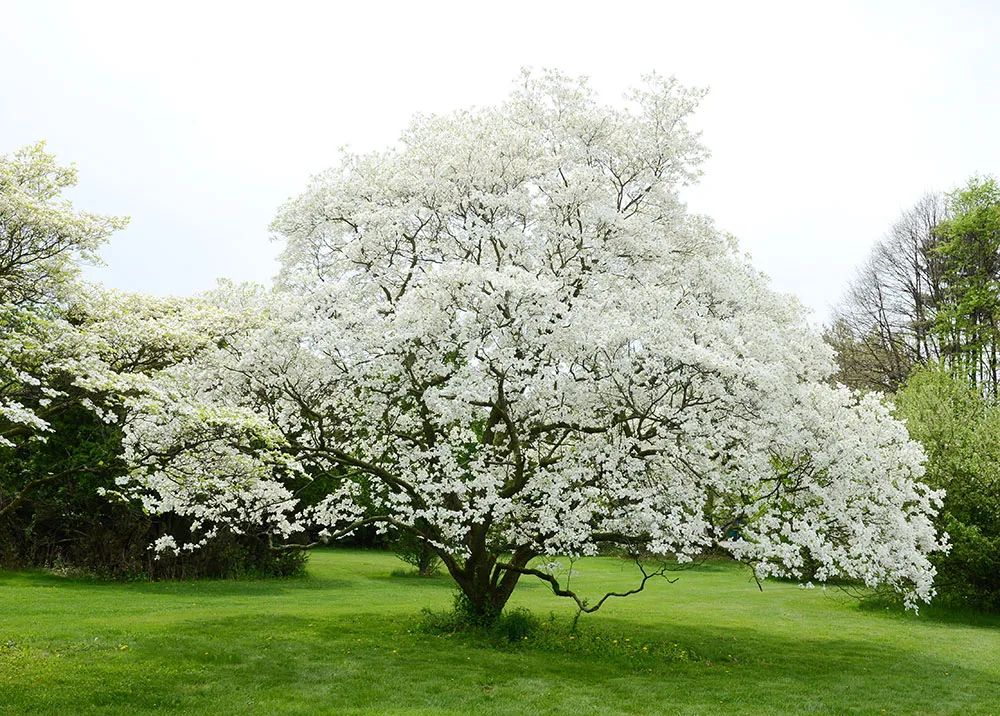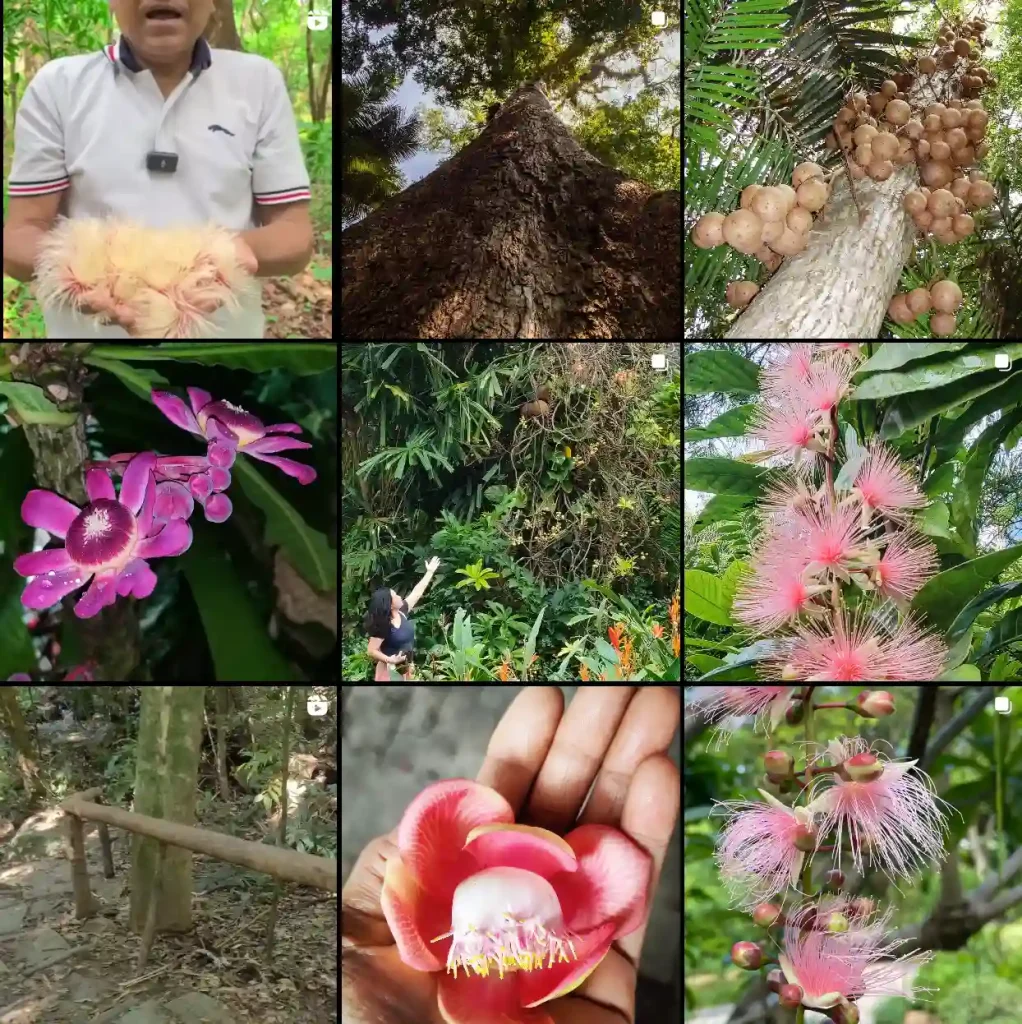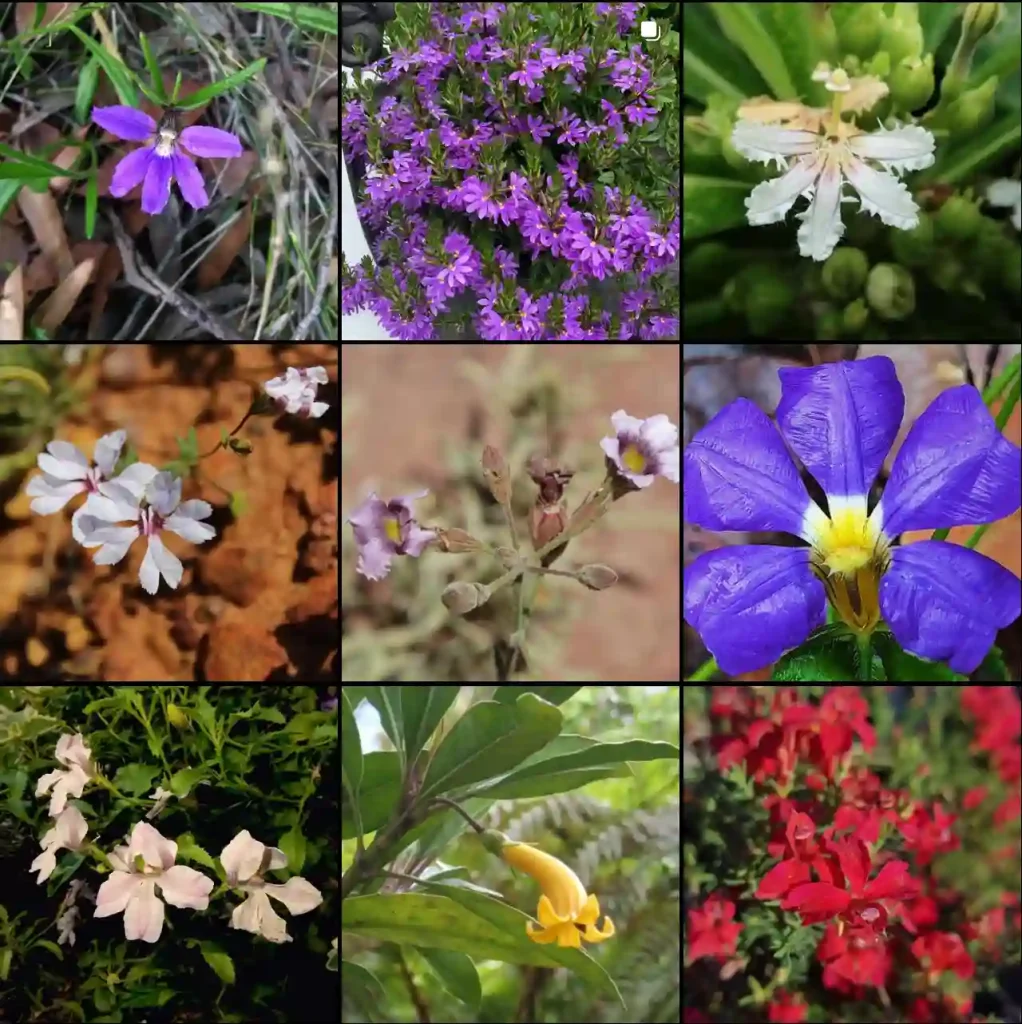
What is Betula pendula?
Betula pendula, commonly known as the Silver Birch, is a deciduous tree native to Europe and parts of Asia. It’s renowned for its graceful, drooping branches and distinctive white bark. The Silver Birch is a popular choice for landscaping due to its delicate appearance and adaptability to various soil types and climates. It can grow up to 65 feet tall, making it a striking addition to any garden or park.
87 Species in Genus Betula – Birch Tree
How fast does Betula pendula grow?
Betula pendula is known for its relatively fast growth rate. Under optimal conditions, it can grow about 1 to 2 feet per year. This rapid growth makes it a favorite among gardeners looking for quick results. However, the growth rate can vary depending on soil quality, water availability, and climate conditions. Regular watering and well-drained soil can help ensure healthy and speedy growth.
How to grow Betula pendula?
Growing Betula pendula is relatively straightforward. Here are the key steps:
- Choose the Right Location: Betula pendula thrives in full sun to partial shade. It prefers cooler climates and does best in USDA zones 2 to 7.
- Soil Preparation: The tree prefers well-drained, sandy, or loamy soil. It can tolerate poor soil conditions but thrives in soil with a neutral to acidic pH.
- Planting: Plant Betula pendula in the fall or early spring. Dig a hole twice as wide as the root ball and just as deep. Place the tree in the hole, backfill with soil, and water thoroughly.
- Watering: Keep the soil consistently moist, especially during the tree’s first few years. Once established, it can tolerate occasional dry spells.
- Mulching: Apply a layer of mulch around the base to retain moisture and regulate soil temperature.
What color is the bark of Betula pendula?
The bark of Betula pendula is one of its most distinctive features. It starts off smooth and brown but gradually turns white as the tree matures. The white bark often has black diamond-shaped markings and horizontal lenticels, which add to its ornamental appeal. As the tree ages, the bark may peel in thin layers, revealing more of the white beneath.
How to care for Betula pendula?
Caring for Betula pendula involves regular maintenance to keep the tree healthy and vibrant:
- Watering: Ensure consistent moisture, especially during dry periods. However, avoid waterlogging, as it can cause root rot.
- Pruning: Prune the tree in late autumn or winter when it’s dormant. Remove dead or diseased branches and thin out crowded areas to improve air circulation.
- Fertilizing: Apply a balanced, slow-release fertilizer in early spring to promote healthy growth.
- Pest and Disease Control: Watch for pests like aphids and birch leaf miners. Use appropriate treatments if infestations occur. Regularly check for signs of disease such as leaf spots or cankers.
How to propagate Betula pendula?
Propagating Betula pendula can be done through seeds or cuttings:
- Seeds: Collect seeds from mature cones in the fall. Sow them in a cold frame or seed tray filled with well-draining soil. Keep the soil moist and provide bright, indirect light. Germination can take several weeks.
- Cuttings: Take softwood cuttings in early summer. Dip the cut end in rooting hormone and plant in a pot filled with a mixture of sand and peat. Keep the soil moist and cover with plastic to retain humidity. Roots should develop within a few weeks.
What to plant with Betula pendula?
Betula pendula pairs well with a variety of plants, creating a visually appealing landscape:
- Understory Plants: Consider shade-tolerant plants like ferns, hostas, and astilbes, which thrive in the dappled shade provided by the birch.
- Companion Trees: Plant alongside other deciduous trees like maples and oaks for a diverse and dynamic canopy.
- Shrubs: Shrubs like rhododendrons and azaleas complement the birch’s white bark and provide colorful blooms.
Where to buy Betula pendula?
Betula pendula can be purchased from various sources:
- Local Nurseries: Many local nurseries carry Silver Birch trees. Visiting in person allows you to select a healthy specimen.
- Online Retailers: Numerous online plant retailers offer Betula pendula. Ensure you buy from a reputable source to get a healthy tree.
- Garden Centers: Large garden centers often stock a variety of trees, including Silver Birch.
Betula pendula vs Betula alba?
Betula pendula and Betula alba are often confused due to their similar appearance. However, Betula alba is an older synonym for Betula pendula, meaning they are essentially the same species. Both names refer to the Silver Birch, characterized by its white bark and graceful branches.
Betula pendula vs Betula pubescens
Betula pendula and Betula pubescens (Downy Birch) are distinct species:
- Bark: Betula pendula has white bark, while Betula pubescens typically has duller, greyish bark.
- Growth Habit: Silver Birch has a more slender and graceful form, with drooping branches. Downy Birch has a more upright growth habit.
- Leaf Texture: The leaves of Betula pubescens are slightly hairier (pubescent) compared to the smoother leaves of Betula pendula.
How to protect Betula pendula from pests and diseases?
Protecting Betula pendula from pests and diseases involves regular monitoring and early intervention:
- Pests: Common pests include aphids, birch leaf miners, and borers. Use insecticidal soap or neem oil for minor infestations. For severe cases, consult a professional for appropriate treatments.
- Diseases: Watch for signs of fungal infections, such as leaf spots or cankers. Prune affected areas and ensure proper air circulation. Fungicides may be necessary for severe infections.
- General Care: Maintain tree health through proper watering, mulching, and fertilizing to reduce susceptibility to pests and diseases.
By understanding these FAQs, you can successfully grow and care for Betula pendula, adding a touch of elegance and beauty to your landscape.
If i die, water my plants!



